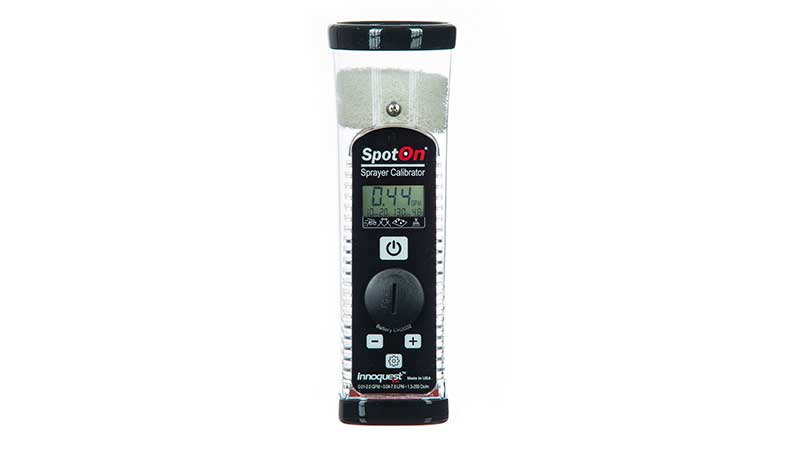Helena Reveals Multi-Year Nutrient Deficiency Findings
Helena Agri-Enterprises reports surprising nutrient deficiency trends from more than 150,000 Extractor tissue samples taken in multiple crops across the country over the last three years. Potassium tops the list as the most deficient nutrient in corn, cotton and soybeans, while boron is the nutrient to watch in wheat. Derek Emerine, National Agronomist for Helena, says the results call for growers to examine their own fields to ensure nutritional prescriptions are on point throughout the season.
“It’s important to pull tissue samples on your own farm,” says Emerine. “A tissue sample gives you the facts you need to prioritize better throughout the season, but it’s not just a foliar solution. Depending on your results, it also allows you to shift your focus with commodity-based fertilizers applied in the fall or spring to address needs in the field proactively.”
While the majority of the 150,000 plus tissue samples analyzed by Helena since 2020 came from corn, cotton, soybeans and wheat, a significant amount of fruit and specialty vegetable crops were also monitored. In addition to potassium, deficiencies in certain secondary nutrients stood out in the results, including magnesium in corn, zinc in cotton, sulfur in soybeans, and copper in wheat.
“When we look at very large data sets, we start to see trends emerge, no matter if you’re in Alabama or Iowa,” says Emerine. “That’s the importance of looking at this data from a national level. Yes, certain nutrients will be more or less of a concern in certain geographies. But, if the overall data is pointing in one direction, it’s probably something we should all pay attention to now.”
Emerine and the team of agronomists at Helena use data from the Extractor tissue analysis program to measure crop health in-season and provide custom recommendations to growers based on plant need. Extractor is part of Helena’s AGRIntelligence platform that has supported growers with precision technology for over 20 years. With Extractor, tissue samples are taken from targeted locations in the field at key uptake periods. The data can also be georeferenced for correlations with soil and yield tests to create a complete picture of performance from season to season.
The ultimate goal of tissue sampling is to guide decision making. While certain nutrients will always be an issue, Extractor can find other missing links that have been overlooked historically. To measure crop health in your field, visit HelenaAgri.com to find your local Helena representative, who can help you create an Extractor program that’s right for your operation.





